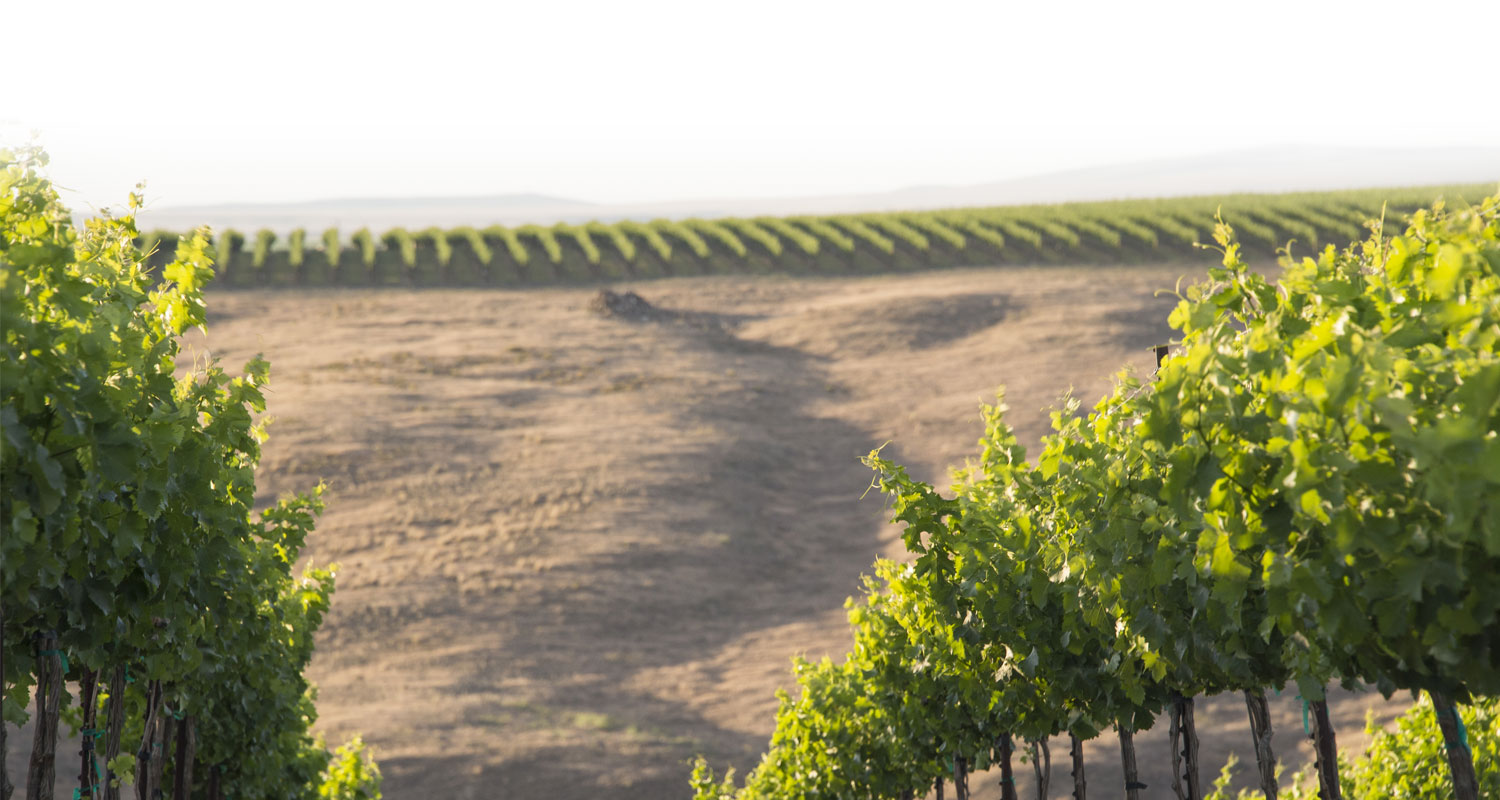The Columbia Valley AVA
Its 11 million-acre land mass is home to 99% of all wine grapes grown in Washington State.
EDITOR’S NOTE: Information contained in this article was obtained from the Washington State Wine Commission’s website: www.washingtonwine.org.
Encompassing more than a third of the state, the Columbia Valley is by far Washington’s largest growing region at nearly 11 million acres. The appellation is located in central, south-central, and south-eastern Washington with part of the appellation spilling across the border into Oregon.
The Columbia Valley is home to over 99% of all of Washington’s vinifera acreage. Cabernet Sauvignon is the most planted grape followed by Merlot, Chardonnay, Riesling, and Syrah. However, over 30 vinifera varieties are currently planted in this region.
Pure fruit aromas and flavors are the hallmarks of wine from the Columbia Valley. For Cabernet Sauvignon, black cherry, cassis, and light, high-toned herbal notes are often the hallmarks. Merlots are redolent with red fruit aromas and flavors, such as sweet cherries, red currants, and raspberries, along with chocolate and, occasionally, mint.
Chardonnays are mildly aromatic with aromas and flavors ranging from fresh green apple to stone fruit and tropical fruit depending on the warmth of the site. In terms of Riesling, cooler sites tend to produce aromas and flavors of lime, lemon, and green apple. In warmer regions this turns to stone fruit, particularly peach.
Aromas and flavors for Syrah range from dark fruit, such as blackberries, to blueberries and cranberries. However, many are notable for being less fruit forward and more dominated by savory notes.
The relationship to the Missoula Floods, a series of cataclysmic events, defines the soil types of the vineyards in Washington. Most vineyards lie below the floodwaters with soils of loess (wind blown deposits of sand and silt) overlying gravel and slackwater sediment with basalt forming the bedrock. This provides a diversity of soil types that are well drained and ideal for viticulture.
The Columbia Valley lies in the rain shadow of the Cascade Mountain range. The region has an arid and semi-arid, continental climate, receiving an average of 6 to 8 inches of precipitation annually. Irrigation is therefore required to grow vinifera grapes.
This irrigation, along with consistently warm, dry temperatures during the growing season, provides growers with a large amount of control over grape development compared to many other regions of the world. This leads to minimal vintage variation and consistently high-quality wines.
Early and late season frosts along with hard winter freezes are the main environmental threats. Due to dry temperatures and sandy soils, phyloxera has not as of yet established itself in the area, so most vines are grown on their own rootstock in contrast to many other areas of the world.
Most of Washington’s grape growing regions are sub-appellations of the Columbia Valley. They include Ancient Lakes, Red Mountain, Yakima Valley, Walla Walla Valley, Wahluke Slope, Rattlesnake Hills, Horse Heaven Hills, Snipes Mountain, Naches Heights, and Lake Chelan. Only the Columbia Gorge, Lewis & Clark and Puget Sound AVAs lie outside of it.
Columbia Valley
- Established in 1984.
- 58 percent red grapes to 42 percent white.
- Washington’s largest viticultural region, covering almost 11 million acres, which represents a full third of Washington State’s land mass.
- The Columbia Valley contains 99% of wine grapes grown in Washington State – 50,316 acres.
- 8,080 vineyard acres of wine grapes are planted in the Columbia Valley AVA and not included in any other sub-AVAs in Washington.
- Vineyards are planted on predominately south-facing slopes, increasing solar radiation in summer and promoting air drainage in winter.
- Riesling, Merlot, Chardonnay, Syrah and Cabernet Sauvignon are the most widely planted varietals.
- Growing season of 180-200 days with annual rainfall averaging 6 to 8 inches.
- The Columbia Valley contains the American Viticultural Regions of Red Mountain, Yakima and Walla Walla Valleys, Wahluke Slope, Rattlesnake Hills, Horse Heaven Hills, Snipes Mountain, Lake Chelan, Naches Heights and Ancient Lakes within its borders.


